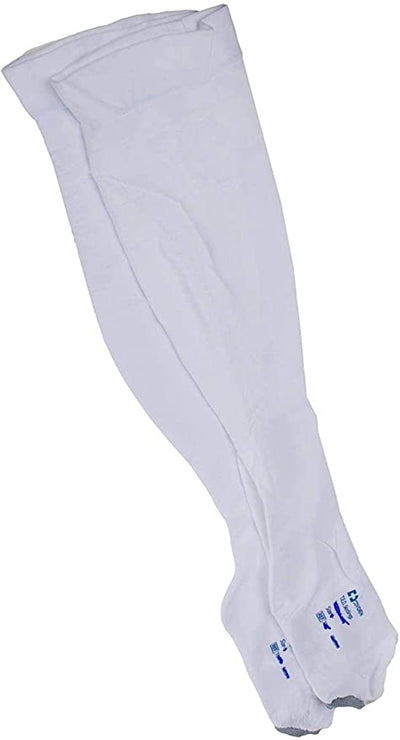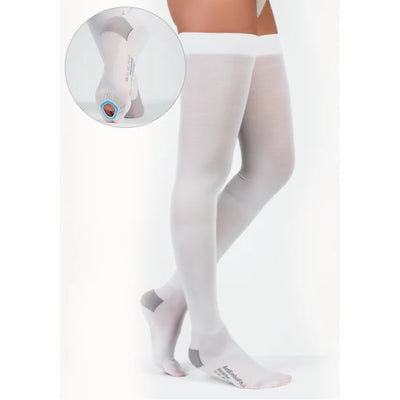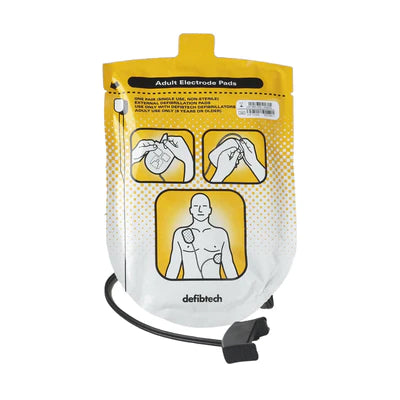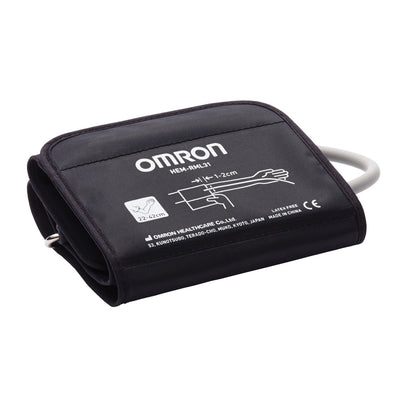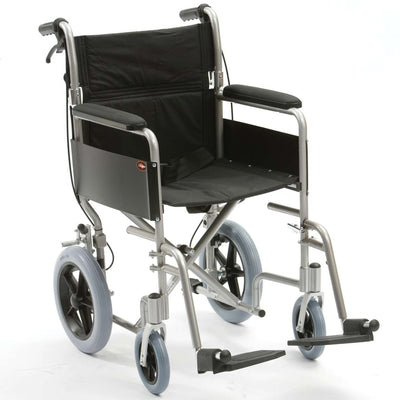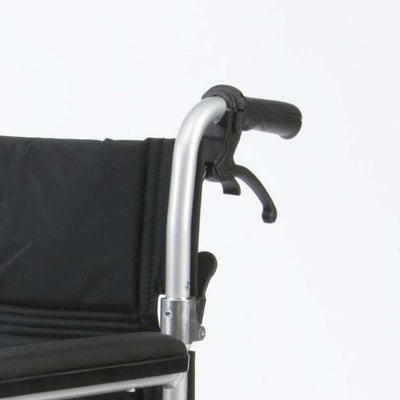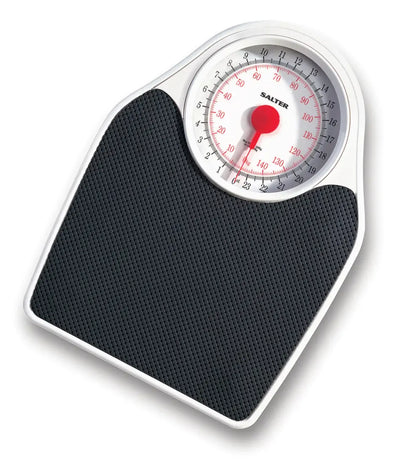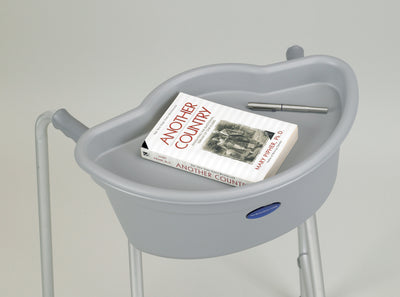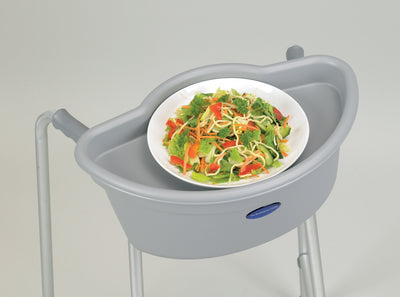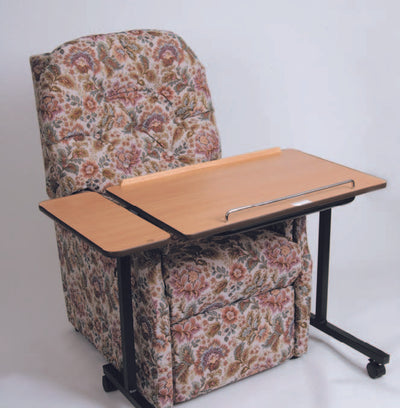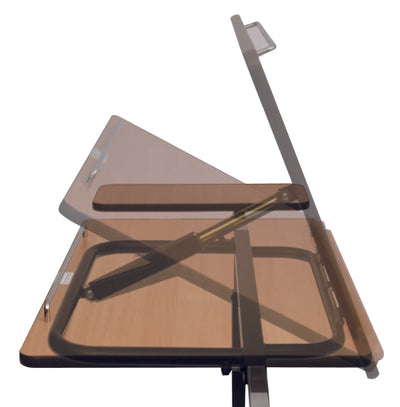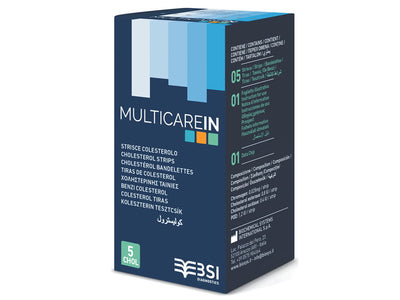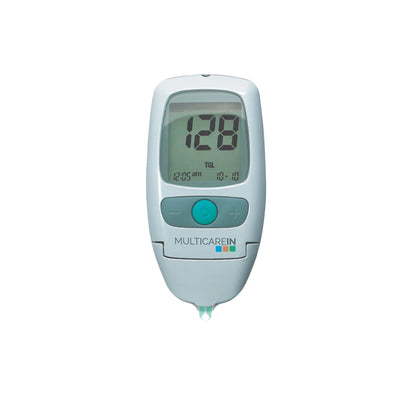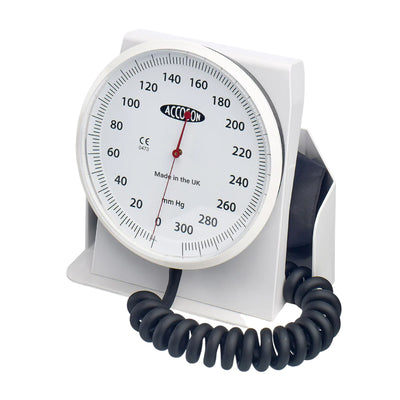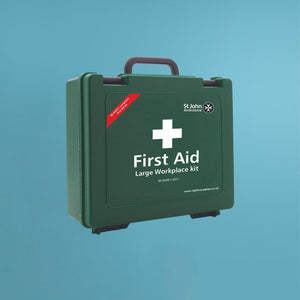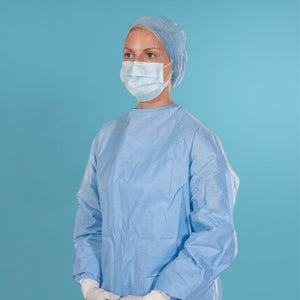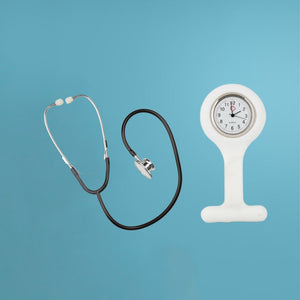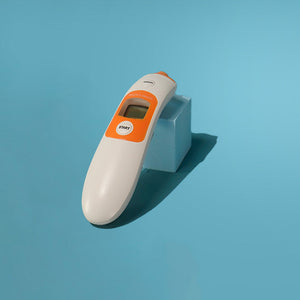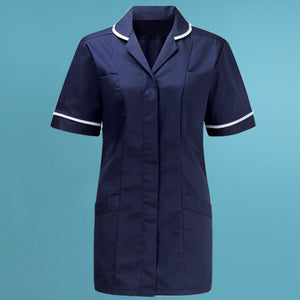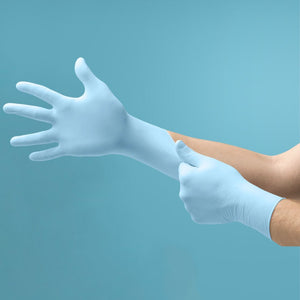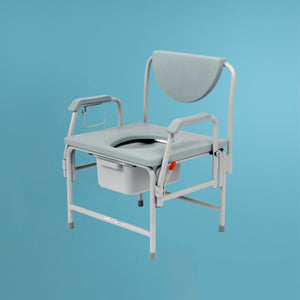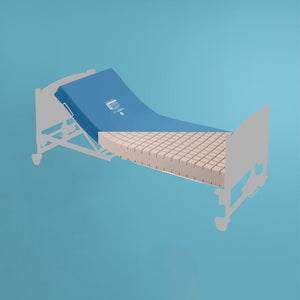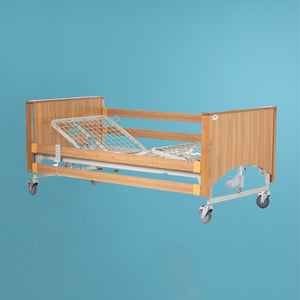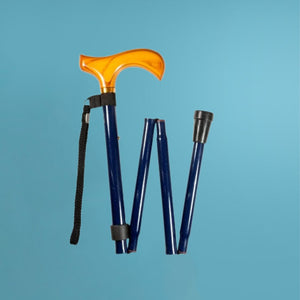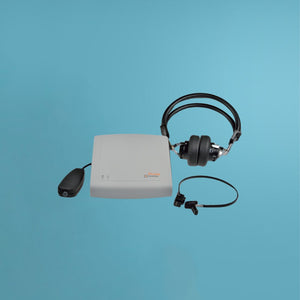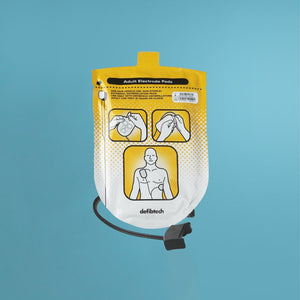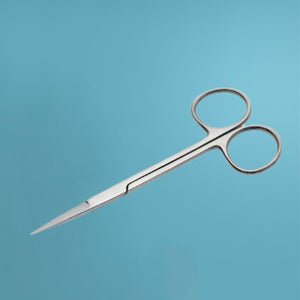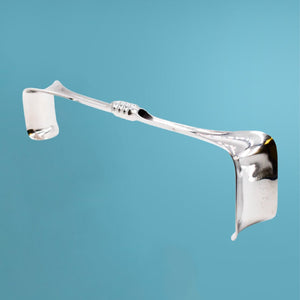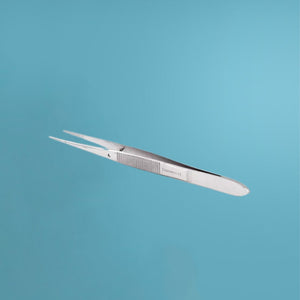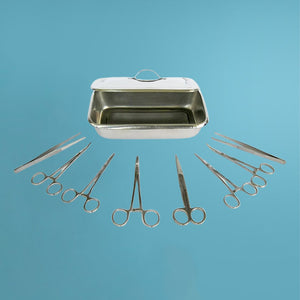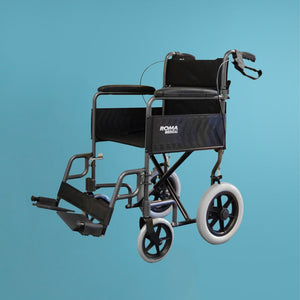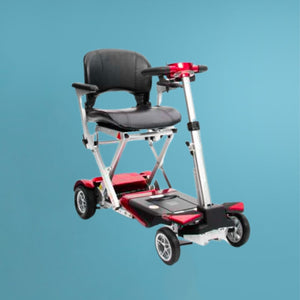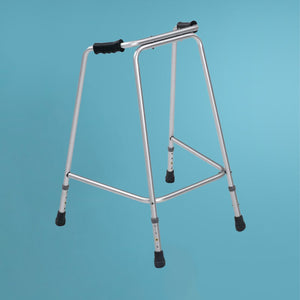When it comes to cooking and preparing meals, kitchen safety should be of paramount importance to all of us. However, as we age it’s even more important that we make sure our kitchens don’t become ‘danger zones’ within our homes.
Preparing food should be an enjoyable and rewarding part of daily life for as long as possible. By putting a few of these safe cooking tips to work, you or your elderly person should be able to safely prepare food for themselves (and others) for longer. Here are essential safety tips for elderly cooks to stay safe in the kitchen:
Organise the Kitchen
A well organised, clutter-free kitchen is a great starting point for keeping the area safe for use. Take some time to declutter any old cooking equipment or utensils that are no longer in use or needed. Clear out some space in the cupboards or work surfaces so that regularly used pots, pans, utensils and food can be easily found, stored and reached.
Consider storing the most frequently used items within easy reach of the workspace to avoid the need for stretching or bending. Use shelves or cabinets that are at waist height to reduce the risk of injury.
Improve the Lighting
Safety and efficiency in the kitchen are greatly improved when you can see clearly what you’re doing - and this is especially true for older cooks. For better daytime visibility consider removing blinds or curtains from any windows to capitalise on all of the possible natural light that can come in.
For evening use or if the kitchen has no window or natural light source, make sure that lighting is task specific. Overhead, main lighting can cast shadows over workspaces making them more dangerous and difficult to work safely in. Fit task specific lighting over the stove, countertops and sink areas to avoid accidents like cutting or spilling.
Use Easy-to-Grip Utensils
It creeps up slowly on us and, before we know it, our muscle power has decreased with age. Arthritis or weak hands can make it difficult to grip regular utensils, making it more dangerous for us to handle hot pots and pans, knives or hard-top-open glass jars etc.
There is a huge variety of ergonomically designed kitchen aids and utensils on the market designed to help elderly people stay safe in their kitchen and buying some easy-to-hold utensils and cooking equipment will be a great investment.
Avoid Slips, Trips and Fall Hazards
Falls and trips in the kitchen become increasingly more common as we age so it’s a great idea to assess where those danger points might be in your kitchen area. Remove rugs, carpets, loose areas of flooring and replace with slip-free floor tiles or similarly appropriate floor surface.
Clean up spills immediately to prevent slips and falls - perhaps using a close to hand mop or long handled brush and dustpan to avoid unnecessary bending down. Spills of oil or water on the floor can be incredibly hazardous, especially for elderly individuals.
Remember your footwear, and always wear well fitting, slip-free shoes or slippers when walking around the kitchen to avoid stumbles or slips when carrying hot food items etc.
Be Fire Aware
Heat and flames often cause injuries in the kitchen, so the same common sense approach to this should be applied no matter how old the cook may be.
Ensure towels, pot holders, paper towels, and plastic items are kept away from the stove. Fire hazards increase if flammable objects are placed too close to burners or the oven. Avoid wearing loose clothing when cooking.
Use the right size burner for your pot or pan. If the burner is too large, it could overheat the sides of the pan, creating a risk for burns and fires.
Install Smoke Detectors and Fire Extinguishers. Ensure a fire extinguisher is readily available in the kitchen and that all family members know how to use it. Fire extinguishers have different classification depending on the type of fire they should be used for. For example, Class F extinguishers, which are often used for kitchen fires, are designed to extinguish fires involving oils and fats.
Other Handy Safety Items
Think about knife-safety in the kitchen. Use knives with ergonomic handles and always cut away from the body. Keep a first aid kit nearby for small injuries and consider using pre-chopped vegetables to avoid using knives frequently. Store your knives in a safe place, either in a knife block or on a magnetic stand - never store your knives loose in a cutlery drawer as this can easily create an environment for serious cuts to occur. Always cut items on a stable, flat surface.
If you’re becoming a bit forgetful, using kitchen timers or alarms to avoid forgetting something on the stove or in the oven can be incredibly helpful. Consider appliances with automatic shut-off features, which turn off after a certain period of inactivity.
Adopting these tips will help to create a safer cooking environment and reduce the risks of burns, fires, and accidents - for all of us. By taking a proactive approach to kitchen safety, you can ensure that cooking remains a secure and enjoyable activity.
Need more help with buying safe kitchen aids and equipment? We're always here to help so get in touch today.
